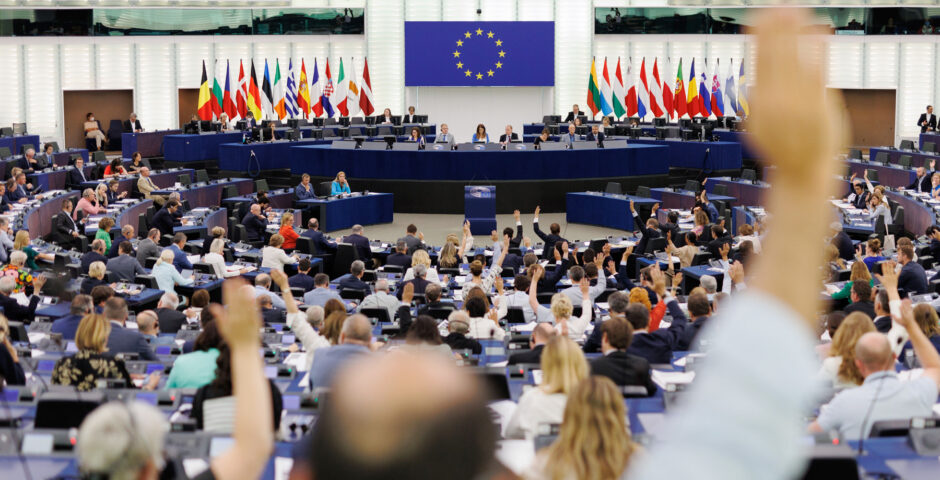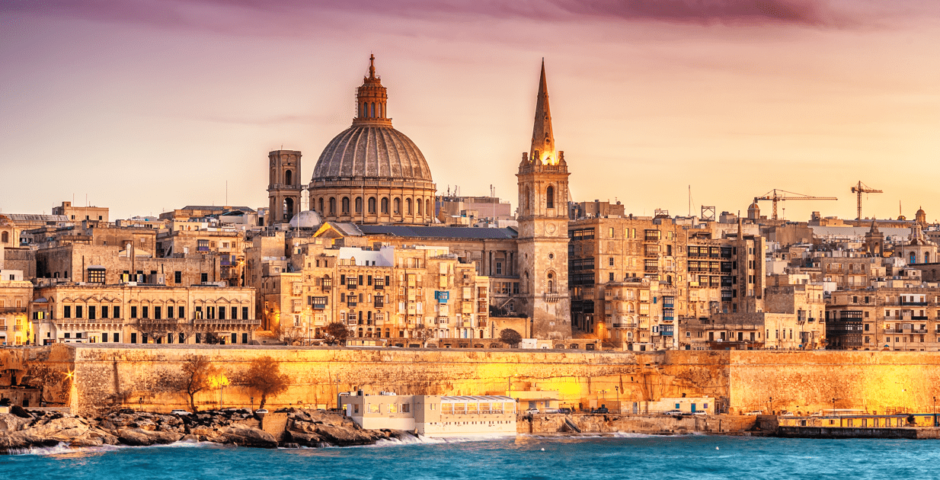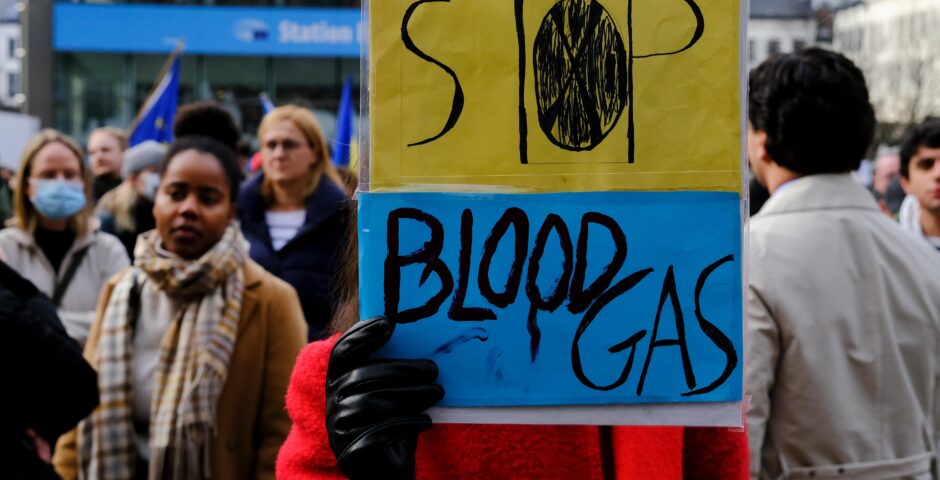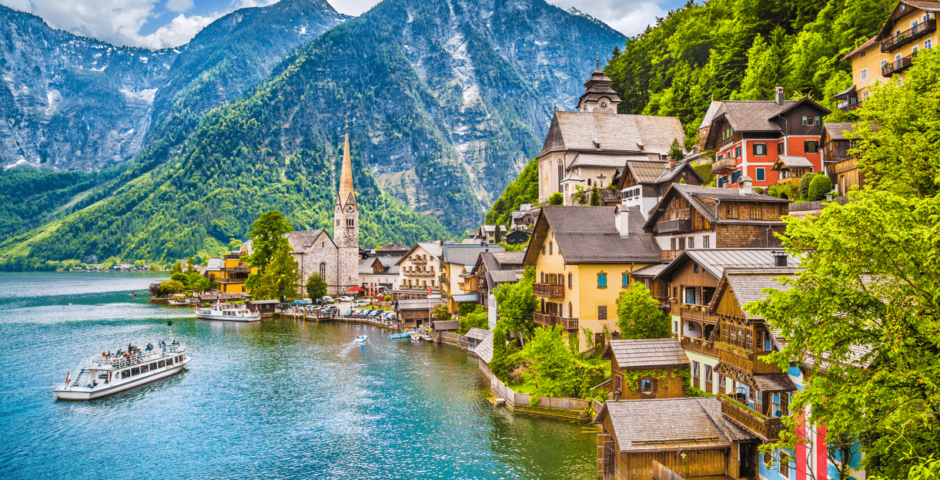The EU legislative process

European law in six easy steps!
You probably already know that the European Union (EU) is a group of 27 European countries that work together on various issues, like trade, sustainability, product standards, and more. To do this, the EU adopts rules that support the EU’s goals. Among others, the EU is currently going through the adoption process for the AI Act that should prevent possible bad outcomes of AI-based systems. Another example is the Critical Raw Materials Act which should allow Europe to delve its own resources needed for sustainable products such as electric cars.
But do you know how exactly those EU laws come about? To make decisions and create laws, the EU follows a legislative process that might sound complex at first but makes (at least some) sense once you dive into it. Before we dive into the process, it is good to know that EU laws most often take the shape of a Regulation or a Directive:
- Regulations: These are universal rules that apply directly to all Member States. For example, if the EU passes a regulation about food safety, it applies in the same way in every country.
- Directives: These set out a goal for all Member States to achieve but give each country some flexibility on how they do it. For example, the EU might have a directive on reducing carbon emissions, and each country can choose how to meet the target.
Now, let’s get you started on the EU decision-making process!
The EU Institutions
In the EU’s legislative process, different institutions and steps are involved. The EU has several institutions, but the main ones involved in the legislative process are the European Commission, the European Parliament, and the Council of the European Union. Who runs those institutions, and what are their roles in the legislative process?
The legislative process has built-in checks and balances to ensure that no single institution has too much power. The European Commission proposes laws, the European Parliament represents the people, and the Council represents the Member States. They all need to agree for a law to be made.
- European Commission: Think of it as the “government” of the EU that represents the overall interests of the EU. There are 27 Commissioners, one from each Member State. They are appointed by the Member States, and confirmed by the European Parliament. The Commission consists of different Directorates-General (DGs). Directorates-General within the European Commission are like specialized teams that focus on specific topics, such as trade, environment, or health. They work on legislative proposals, or the enforcement or execution of existing laws. They could be compared to national ministries or departments.
- European Parliament: This is similar to a “House of Representatives” in a country. It is made up of Members of the European Parliament (MEPs), who are elected by citizens of each EU country. They represent the interests of European citizens and are a counterweight to the power of the European governments in the EU. After the elections of 2024, the Parliament will have 720 seats. Based on a system that is called degressive proportionality, where Member States with bigger populations have more seats than those with smaller populations. However, once they are elected, MEPs are not sitting according to nationality, but according to the political group they are associated with, for instance with the Social Democrats (S&D), Greens, Liberals (RENEW) or the center-right European People’s Party (EPP). See our article on the European Parliament for more information!
- Council of the European Union: This could be seen as a powerful “senate”. Representatives from each member state attend Council meetings at a ministerial level. Participants can therefore be ministers or state secretaries, but civil servants of the different Member States do much of the preparation work for these formal meetings. There are different Council configurations, for instance, one on Economic and Financial Affairs (EcoFin) and one on Justice and Home Affairs (JHA).
The Ordinary Legislative Process
Now, let’s go through how a new law is made in the EU in six steps. Please note that this is about the ordinary, and most typical, legislative procedure. There are also other decision-making processes for specific areas, such as foreign affairs.
Step 1: Proposal by the European Commission
The process begins with the European Commission, which comes up with an idea for a new law or policy. They look at issues that need EU-level solutions, like trade rules, environmental protection, or consumer rights. They discuss them with experts and get feedback from people and businesses.
Step 2: Discussion and Amendments
The proposal is sent to the European Parliament and the Council of the European Union, which are the co-legislators. They both get to discuss and suggest changes to the proposal. This is where the real debate happens.
- European Parliament’s role: The European Parliament debates the proposal and can make amendments. The MEPs work to represent the interests and concerns of EU citizens. They might have different opinions, but they have to find a majority consensus to form a Parliament Position.
- Council’s role: The Council of the European Union also discusses the proposal. They represent the national interests as defined by the EU national governments. These governments might have different ideas too. They need to agree on a common position, which is called a General Approach.
Step 3: Compromise
The European Parliament and the Council often have different ideas about the proposal. They have to find a compromise – a version of the law that both can agree on. This can involve a lot of negotiation and back-and-forth, in so-called “trilogue negotiations”. It is called trilogue because the three institutions are present during those negotiations. Even though the Commission does not have the power to change their proposal after they have sent it to the Parliament and Council, they still get to participate in the discussions between the co-legislators. The Commission may also, if they think that is necessary, withdraw a proposal. However, this does not happen often.
Step 4: Approval
Once the European Parliament and the Council agree on the same version of the proposal, it is time for approval. This usually means a majority vote in Parliament, a simple majority or qualified majority in Council, and sometimes a unanimous vote such as on Foreign Affairs issues. Qualified majority voting means that 55% of Member States, representing at least 65% of the EU population, must vote in favour. In the end, when both the Parliament and Council have voted to approve the agreed legislative text, the proposal becomes a law.
Step 5: Implementation
Now, the new law is official, but it is not always effective immediately. The Member States need time to adjust their national laws to match the EU law. They have a certain amount of time to do this, which is specified in the EU law.
Step 6: Ongoing Oversight
Once a law is in place, it is not set in stone forever. The European Commission continually monitors and reviews its laws to see if they are working as intended. In case a Member State does not follow EU rules, the Commission can start a so-called infringement procedure, which could result in fines for Member States if they still do not implement or respect EU law. For instance, the Commission recently started an infringement procedure against Portugal for not doing enough to protect dolphins under the Habitats Directive. If certain laws, or certain provisions of a law, do not work or need to be updated, they can go through the legislative process again to make changes.
The EU also tries to involve the public in the decision-making process. They often seek feedback from citizens and organizations when making laws, such as the Committee of the Regions.
In a nutshell, the EU’s legislative process is a complex puzzle in which a lot of actors have a piece. There is definitely room for improvement to make the EU’s legislative process more transparent and easier for citizens to follow. But that is a topic for another post!
Thomas van der Valk is the founder and chair of Shaping Europe. He studied political science and law, worked at the European Parliament and currently works at a tech firm.
Image credit: European Parliament




